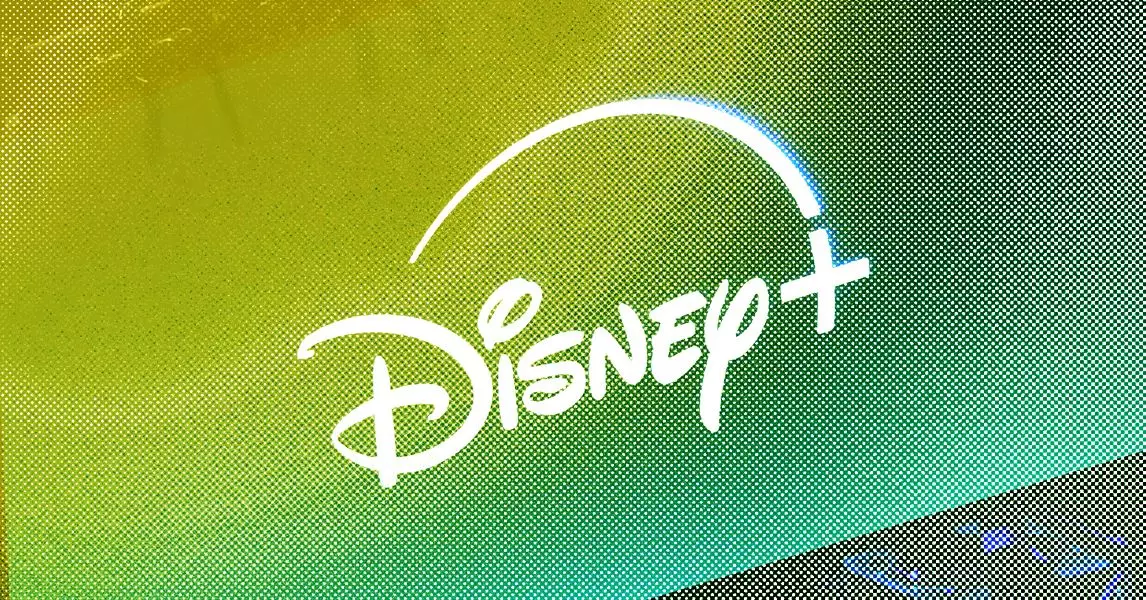In today’s digital landscape, the emergence of AI-generated content has sparked a heated debate among industry professionals, particularly within the publishing sector. At the forefront of this discussion is a troubling phenomenon dubbed “AI slop.” This term refers to the avalanche of low-quality, often nonsensical content produced by artificial intelligence, which is proliferating on platforms ranging from social media to news outlets. Unlike carefully crafted journalism, AI slop is characterized by randomness and lack of coherence, which raises fundamental questions about authenticity and reliability in information dissemination.
AI slop has become distressingly ubiquitous, blurring the lines between fact and fiction. There are alarming cases where well-respected publications have mistakenly included fabricated elements in their coverage, signaling an erosion of editorial standards. Notably, publications such as the Chicago Sun-Times and Philadelphia Inquirer have found themselves inadvertently endorsing nonexistent books that were randomly generated by AI systems. Such lapses not only compromise journalistic integrity but also exemplify the growing concerns over how technology can distort our understanding of reality.
The Enshittification of the Internet
The proliferation of AI-generated content is not just a minor annoyance; it’s symptomatic of what some critics have termed the “enshittification” of the internet. This term, popularized by author Cory Doctorow, encapsulates the idea that the quality of online content is deteriorating due to the relentless pursuit of engagement at the expense of authenticity. In this context, AI slop represents the superficiality that defines this disturbing trend—content that feels like spam, repetitive and devoid of insight.
The intersection of AI and content creation raises ethical dilemmas for consumers and creators alike. Although some might argue that the playful nature of AI-generated media adds an element of novelty, we must not overlook the potential harm. Navigating this slop-filled digital landscape can be akin to wading through a minefield for journalists, who are tasked with discerning fact from fabrication. If the very foundation of our information ecosystems is compromised, the implications could be perilous for public discourse and civic engagement.
When Humor Meets Misinformation
Against the backdrop of this chaos, the humorous side of AI slop cannot be completely ignored. Viral videos featuring absurd combinations of public figures, such as Donald Trump and Jesus Christ, walking on a beach, are laced with satire and absurdity. While such content elicits laughter, it also serves as a grim reminder of how quickly misinformation can spread and be taken seriously. Journalists attempt to navigate these waters, grappling with their own discomfort as they witness the media landscape they once knew devolving into absurdity.
The discomfort manifests in serious conversations about ethical responsibility. Should journalists merely laugh off AI-generated humor, or is there an obligation to expose its potential dangers? With world leaders often tapping into this content for political gain, the stakes are higher than ever. Politicians may share AI slop, knowing it appeals to their narratives, yet doing so undermines public trust and sows confusion among audiences struggling to differentiate between reality and fiction.
Impacts on the Publishing Industry
The ramifications of AI slop extend beyond individual content pieces; they impact the entire publishing ecosystem. As AI content becomes more prevalent, traditional publishers find themselves battling dwindling engagement and search traffic. If over 54% of longer posts on LinkedIn are now generated by AI, what does that mean for professionals in the industry who rely on traffic and engagement for their livelihood? The traditional tenets of content creation—quality, depth, and uniqueness—are being overshadowed by algorithms that prioritize quantity and generic output.
The struggle for survival in this evolved landscape is palpable. As organizations grapple with the existential threat posed by generative AI, what alternatives exist for maintaining credibility and fostering meaningful discourse? It’s essential for the industry to reclaim the narrative and prioritize quality over clickbait, stepping forward with innovative solutions to combat the rising tide of AI slop.
Redefining Quality in a Digital Age
As we stand at this crossroads, the challenge for the publishing industry is clear: How do we redefine what quality content looks like in an age dominated by AI? Solutions may lie in reinforcing journalistic ethics, investing in education for media literacy, and embracing transparency about the origins of content. The design of AI systems must also prioritize quality over mere output, incorporating human oversight to ensure that information retains its value.
In the end, the battle against AI slop requires collective introspection and active engagement from all involved parties—journalists, publishers, and consumers. By fostering dialogue and emphasizing the importance of quality, we can begin to steer the digital narrative back towards a more thoughtful and informed discourse, empowering audiences to navigate the complexities of an increasingly automated world.

